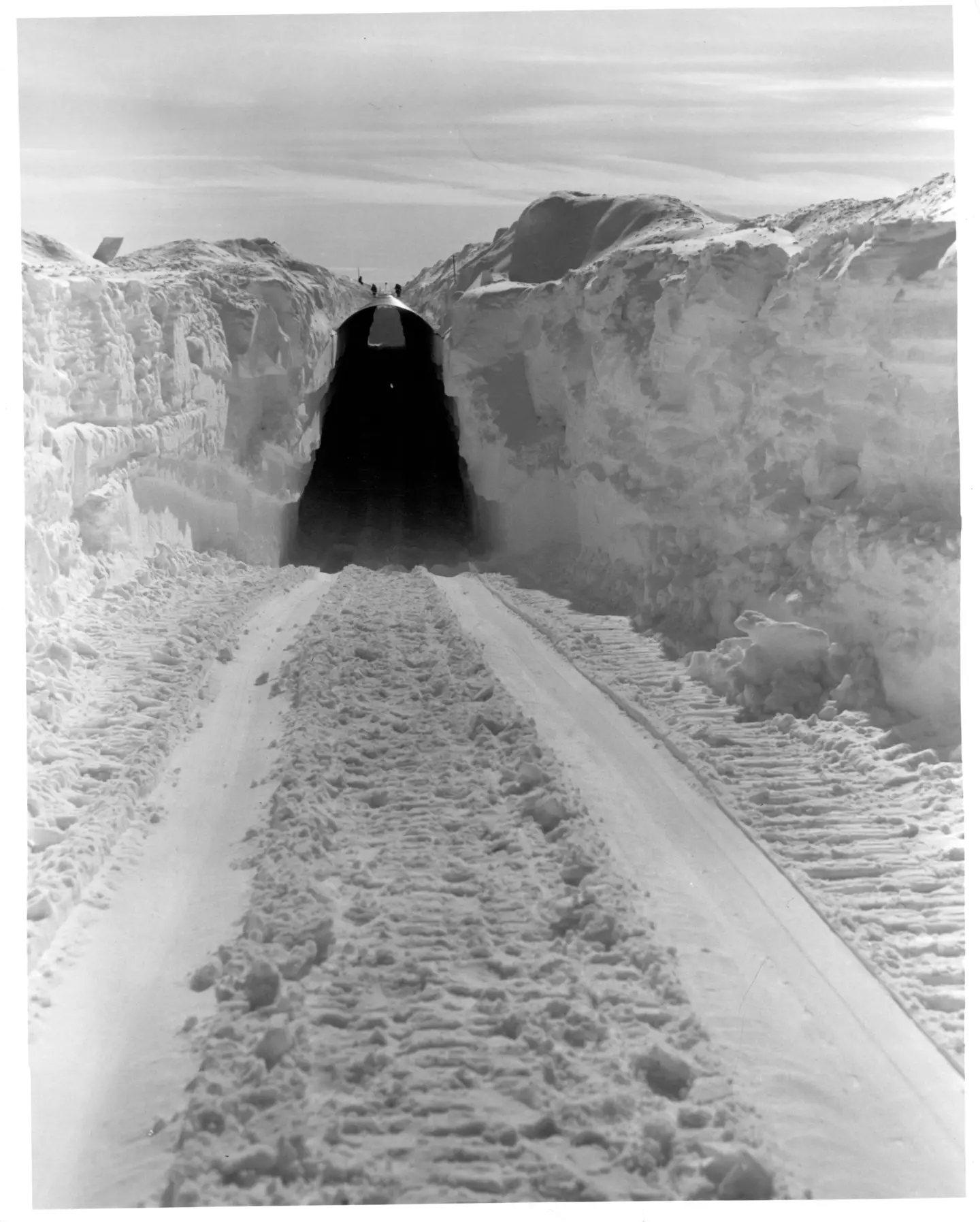“Secrets of the Deep: NASA Discovers Mysterious ‘City’ Buried 100 Feet Below Earth’s Surface!”
Imagine flying over Greenland and stumbling upon what appears to be a secret underground ‘city’! Well, that’s precisely what happened to NASA researchers when they detected an astonishing find buried deep in the ice—a remnant of an advanced civilization! As perplexing as it sounds, these aren’t the ruins of an alien base, but rather the vestiges of Camp Century, a once-top-secret military installation from the Cold War era. Situated a hefty 100 feet below the surface, this icy enigma is calling out for exploration after sitting in dormant silence for nearly 60 years. So, what does this discovery mean for us today? Moreover, are we ready to face the chilling implications of climate change exposing our hidden history? Buckle up; this icy dive into the secrets of the past could thaw out some startling realities! LEARN MORE
American space agency NASA came across a hidden underground ‘city’ buried deep in the ice of Greenland.
Picked up by the space agency’s researchers, the team was left rather bemused at the find that shows clear signs of advanced civilisation.
We’re talking construction and buildings buried 100 foot below the surface, which, given the unique location, definitely rang alarm bells back at NASA headquarters.
The image was captured by a team of scientists on board a NASA Gulstream III research jet, which had been travelling over Greenland observing its ice sheet. In doing this, the radar picked up the unexpected find.

The ice sheet where Camp Century is buried (NASA)
No, it is not a secret alien base. Instead, the find is actually known to humanity. It is just that it has sat dormant for almost 60 years.
The site is in fact a once-top secret abandoned Cold War military base, built into the ice by the United States government.
Dubbed Camp Century, it is known as a ‘city under the ice’ dating back to 1959.
“We were looking for the bed of the ice and out pops Camp Century,” said Alex Gardner, a cryospheric scientist at NASA’s Jet Propulsion Laboratory (JPL), who helped lead the project.
“We didn’t know what it was at first.”

The construction stage of Camp Century (NASA)
What was Camp Century?
Camp Century formed part of Project Iceworm; a top secret programme established by the US Army to crate a network of nuclear missile launch sites underneath the Greenland ice sheet that could survive being hit first in a nuclear strike.
To disguise the project Camp Century was the fake cover project to disguise the real intentions, which was a nuclear site three times the size of Denmark.
Running from 1959, a total of 21 tunnels totalling 9,800 feet in length were dug in to the ice, with the entire project powered by a nuclear reactor. With 600 missiles to be positioned underneath the ice ready to be fired in the case of a Soviet Union attack, the arsenal was so big it could have destroyed 80 percent of targets in the USSR and Eastern Europe, should the worst have happened.

The main entrance to Camp Century (Pictorial Parade/Archive Photos/Getty Images)
The project was soon abandoned, though, when in the 1960s it was realised that the ice sheet was not as stable as thought, meaning it could not facilitate the project as set out.
As a result, the site was abandoned in 1967, leaving behind nuclear waste that remains a hazardous concern to this day.
Camp Century today
Given how nature works, a mixture of snow and ice has covered the site in 30 metres of frozen stuff, leaving Camp Century buried deep underground.
“In the new data, individual structures in the secret city are visible in a way that they’ve never been seen before,” said Chad Greene, also a cryospheric scientist at JPL.

Laying foundations in the living and working quarters of Camp Century (US Army/Pictorial Parade/Archive Photos/Getty Images)
Comparing the new radar map of Camp Century with historical maps of the base’s planned layout, the parallel structures appear to align with the tunnels built to house an array of facilities. Attention has now turned to when Camp Century could be re-exposed due to climate change; bringing with it environmental and biological hazards due to the nuclear waste left behind.
“Without detailed knowledge of ice thickness, it is impossible to know how the ice sheets will respond to rapidly warming oceans and atmospheres, greatly limiting our ability to project rates of sea level rise,” Gardner said.














